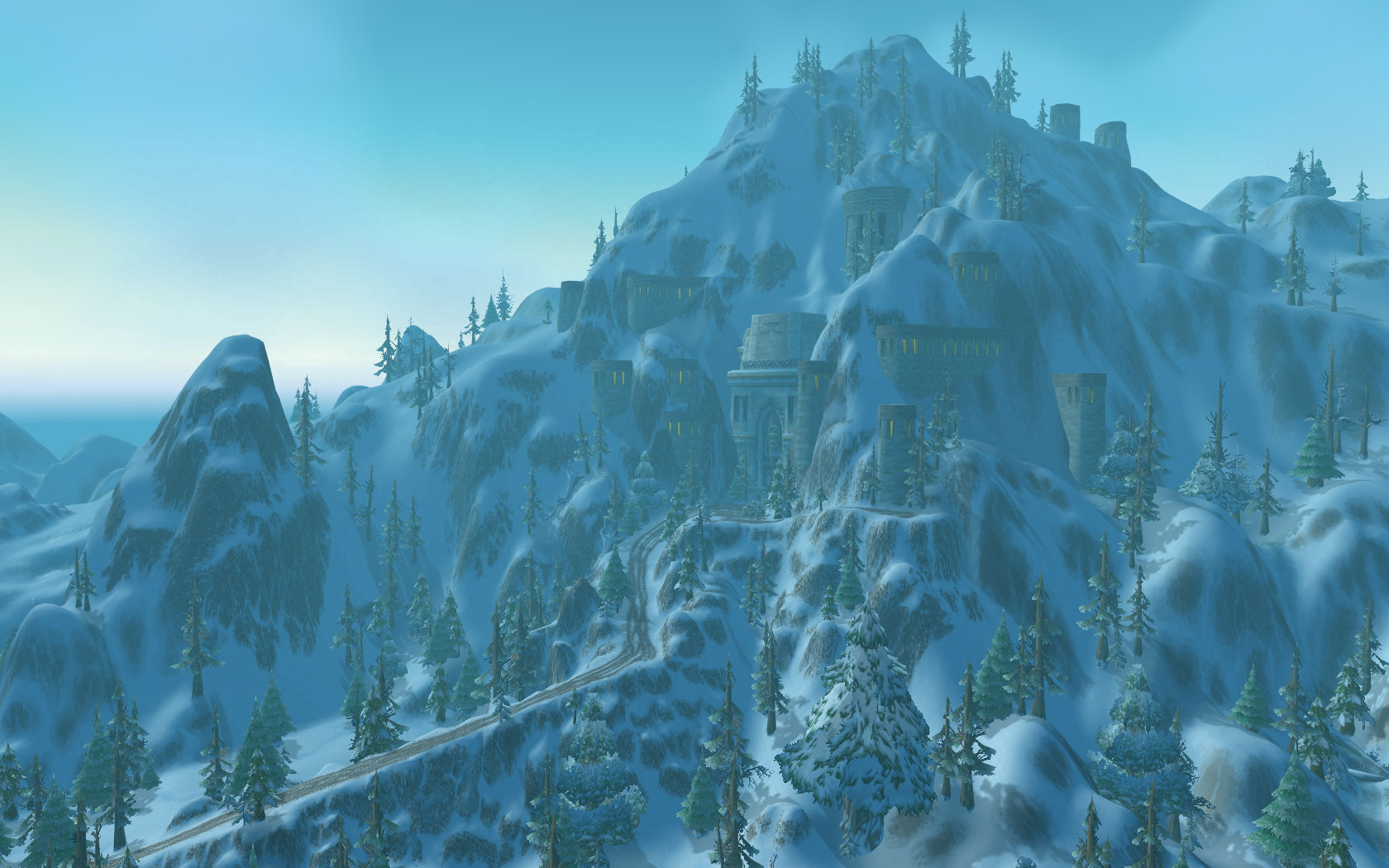I have some questions about maps in 3D games (i.e. World of Warcraft) and how programmers render them:
Is it possible to "smooth" the edges of mountains via some technique, or the only possible solution would be to use more vertices in a heightmap?
![enter image description here]()
Am I wrong and to think that they use some kind of technique for this, as they just render a fair amount of vertices for each mountain?
Take a look at this image:
![enter image description here]()
(source: gamona.de)Some questions about how the render this kind of scene:
- As I've been told that open-world games like WoW use heightmaps for terrain rendering, how do they know where to draw all the other stuff? (trees, houses, fences, water etc.).
- How do they render underground areas? (There's a huge castle inside the mountain)
- Notice that every bump uses about 2 textures for its display (snow and rock). What could be the algorithm they use to know when to sample each texture? It doesn't look like it depends on normals. (I don't think they even generate normals for their terrains.)
- It also doesn't look like they use a skybox for the horizon. What technique could it be?
- Could you name other interesting techniques you noticed that I could explore?
I'm currently learning OpenGL but I tagged DirectX too as these questions aren't really API specific.


